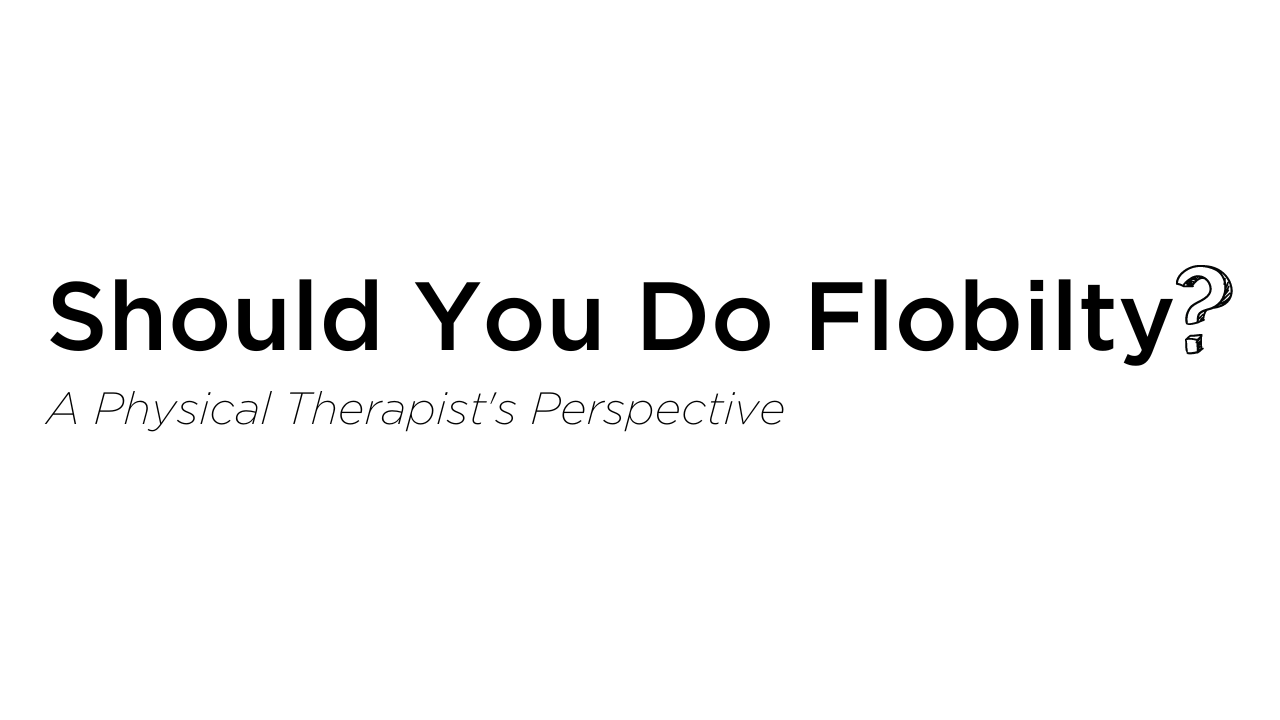
A Commentary on The Flobility Practice
Jan 25, 2023Hello! Welcome to the internet. If you’ve been around here before, you know it is a pretty wild place. Apparently it’s wild in all sectors of the web, but having spent most of my time in the fitness and rehab neighborhoods, I know it is wild there, too. There are a lot of people with a lot of strong opinions and recommendations arguing about the “right” and the “wrong” ways of doing things.

Generally, I’m all for people sharing things that they think are cool. It’s a great way for ideas to be spread and sparks creativity and collaboration.
The arguing… that I could do without.
I’ve been lucky to be a part of multiple professional and post-professional training programs and if I’ve learned one thing, it’s that we operate much more from theory than certifiable fact. We have a gist of things when it comes to the human body and the nervous system, but we definitely don’t have it all figured out; just the basics, really.
Instead of yelling at each other, or trying to debate why we’re right and others are wrong, we should consider ourselves to all be in the same boat; moving forward and figuring things out while knowing we are making plenty of mistakes along the way.

To paraphrase the words of one of my mentor’s mentors, look to learn from the people seeking the answers, not the people who think they have already found them.
There seems to be an infinite number of exercises, programs, and systems to choose from in terms of fitness. And, even the term “fitness” may mean different things to different people.

For some, fitness is the physical expression of health (i.e. aesthetics).
To others it’s about performance metrics (e.g. speed, strength, jump height/distance).
Some think about fitness in terms of physical health metrics (e.g. blood pressure, metabolic labs), while others may be most concerned about fitness for maintaining mobility with less pain/discomfort.
Depending on your goals, there may be better methods to reach them. For example, if your goal is to maximize your bench press to the highest level possible, your approach may be different than someone trying to get their triglycerides in check, even though there may be some overlap (i.e. resistance training can impact triglyceride levels).
From a research standpoint, when looking at the literature on the best exercise approaches for reducing pain and disability, at the end of the day (painting with broad strokes) any exercise approach is helpful without one particular mode standing head and shoulders above the rest.
(We can get into how frickin’ hard it is to perform really good research studies when working with humans in another post as well as discuss some of the errors in making too big of an inference from one research finding.)
So, in terms of my definition of fitness (good health and being able to participate in all you want to do without interference), I thought the best rule of thumb was just to find the type of exercise you like and be consistent with it. And, at the end of the day, that is still a really good approach.
Yet, if you are here, you are probably looking for some different ideas or still searching for the thing that fits you best. So, I thought I’d share my personal opinion as a professional and my experience with Flobility.
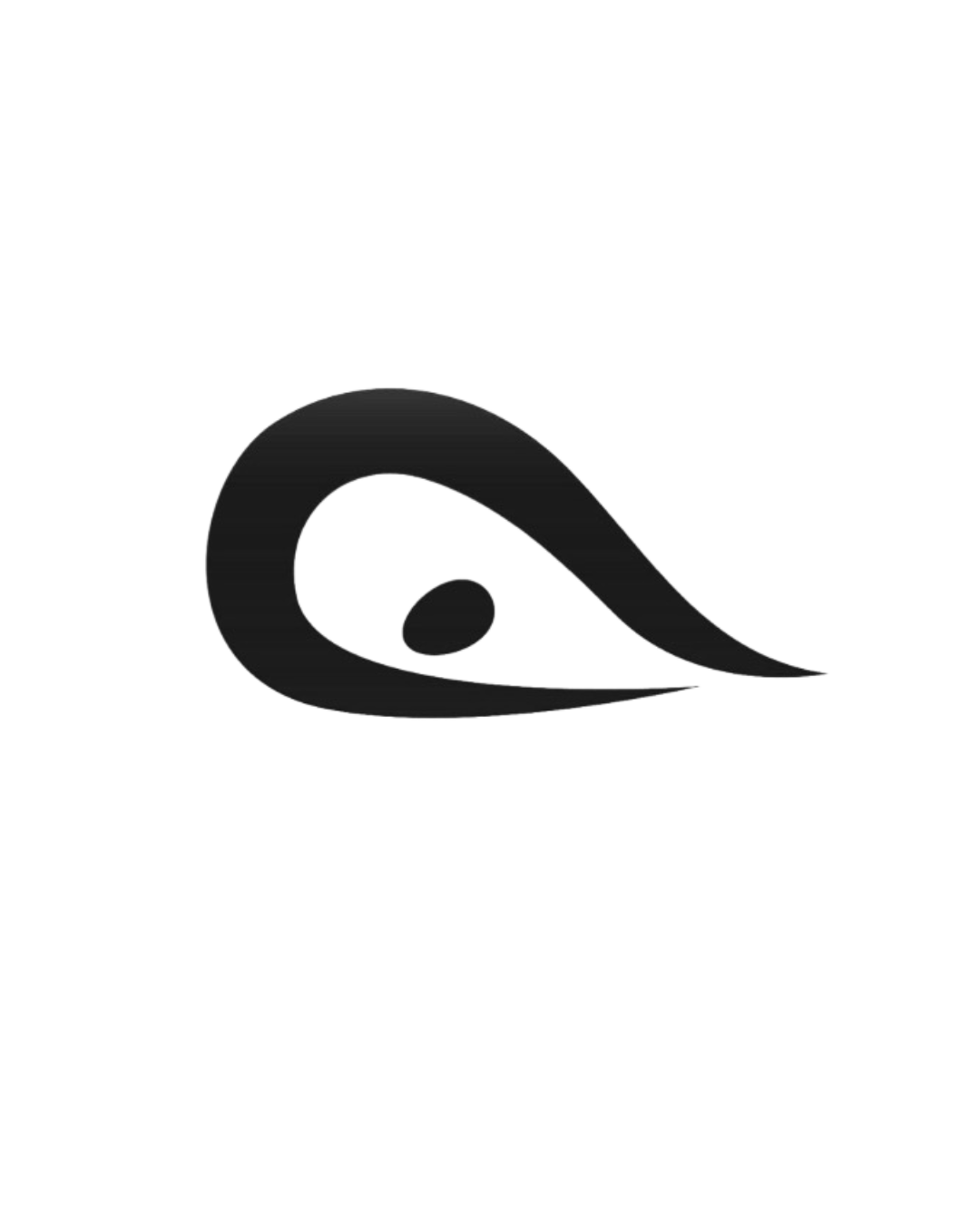
I first was introduced to Flobility in the same place all good scientists and researchers go for knowledge: Instagram.
Being an observer of human movement for a profession, when I saw Jordan’s @flobility profile for the first time, I could tell something was different. I wasn’t sure exactly what it was, but it was enough to get me interested and hit the follow button. After a good amount of time checking out Jordan’s posts, I still had no idea what was going on. I caved to nothing more than my curiosity and signed up for training to learn Flobility from Coach Karon and also from Jordan along the way.
When you start, be ready to feel like a beginner again. I had a pretty good working knowledge of human movement coming in. Yet, the things Karon and Jordan were looking for out of my movement were things I hadn’t yet trained an eye for myself. I trusted that they were closely following specific principles even though I didn’t quite fully grasp them as a beginner.
Now, after over two years of training, I have a much better understanding of the principles and can see them, or notice when they are absent, when watching others move. Still, Flobility is an ongoing process of growth and I am continually learning more about movement in myself which ultimately improves my ability to understand movement in others.
If I had to choose my favorite aspect of Flobility, it would be that it is a practice. Much like yoga or martial arts, it isn’t about just repping out exercises. It’s about making the form prettier every practice session. Flobility is a lifelong journey.
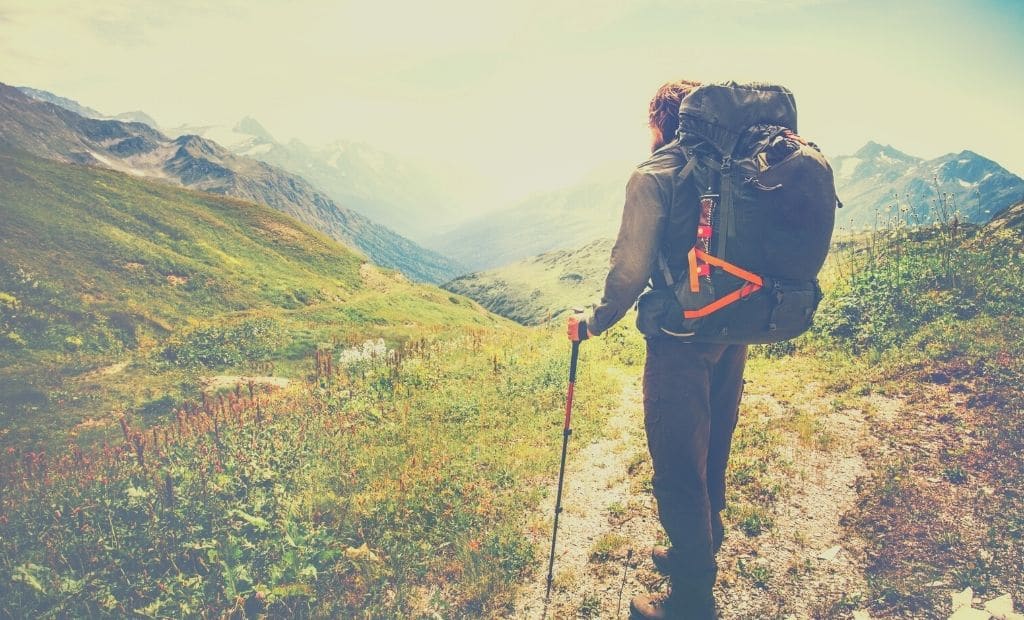
There isn’t a plateau, there isn’t a point where you have it perfected without anywhere else to go, you just work on getting better, and better, and better. And, getting better goes hand-in-hand with learning. Flobility itself is a living system.
Jordan and the rest of the Flo Gang are constantly trying to figure out the most effective ways to do things; using a clinical and theoretical scientific approach to keep pushing the system forward. Like I said earlier, figuring things out yet knowing we are making plenty of mistakes along the way.
Having a career in health/wellness has allowed me to invest in learning opportunities as a part of my job, not just a hobby, which I mentioned is something I feel super lucky about. I’ve been able to study a lot and see which specific elements of human movement seem to be a focus across different training approaches.
While the conceptualization and terminology might be different in Flobility, many of the concepts people say are important to work on for musculoskeletal health are packed into the Flobility principles. That’s not to say that your only form of movement should be Flobility. The hope is that you use Flobility to help you do the things you enjoy doing better, whether that is sport, other types of training, hiking, or just getting through the day-to-day with a bit more comfort and energy.

Yet, that is also not to say that the Flobility system is not without critique. Some may look at Flobility and say that there is too much emphasis on stability; there is not a lot of the dynamic or rotation-based movements seen in other programs. And, depending on your goals or purpose of training, that could be true.

The system is about developing certain attributes that transfer into more dynamic tasks. Intentional thinking and sensing is built into Flobility practice by design and this lends itself to less dynamic movements. There is a lot of stillness in Flobility, yet stillness does not mean bracing, holding, or rigidity.
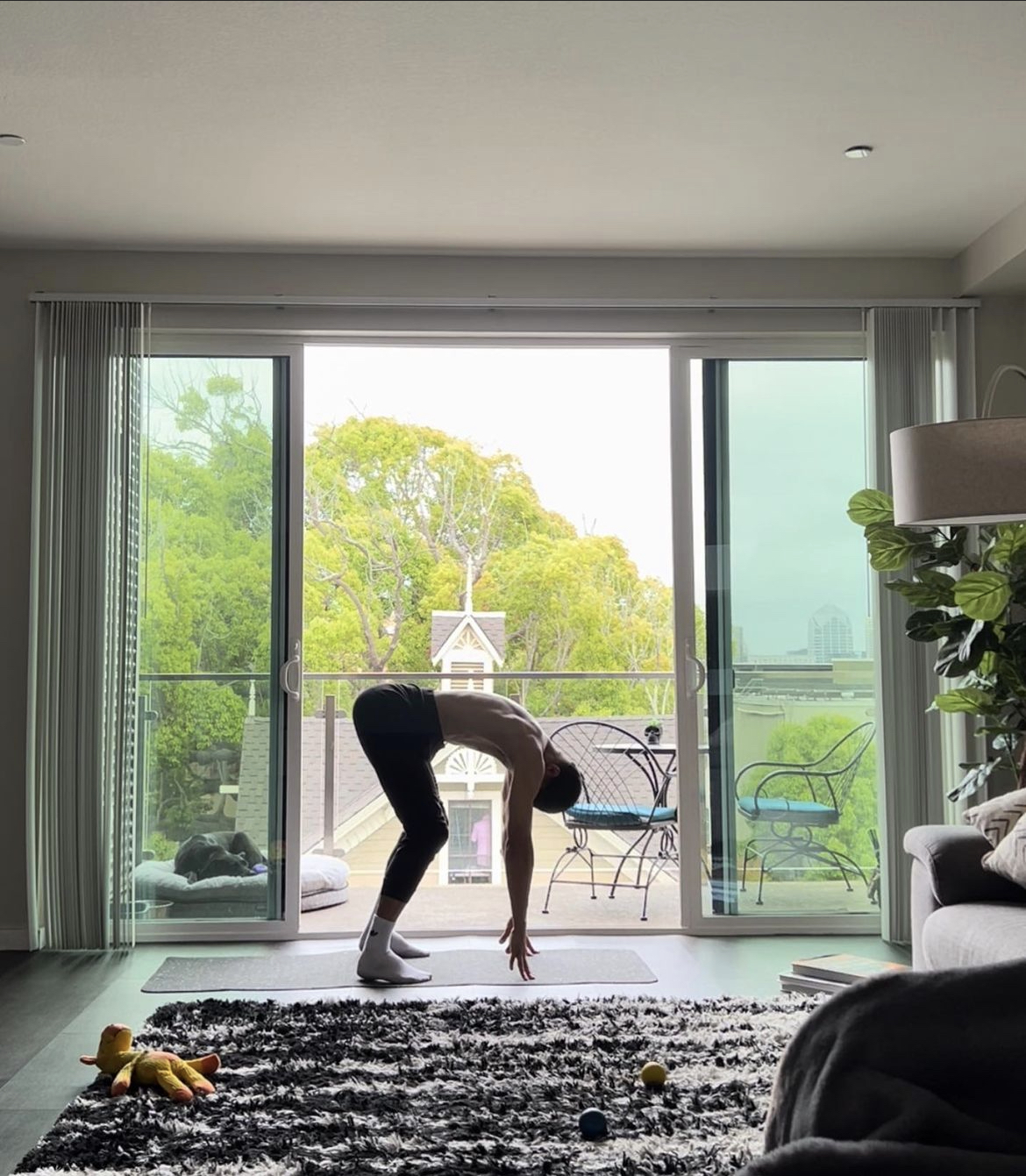
Even when we are still, we are pushing into our boundaries, nudging subtle movements together to express the larger movement. Little movements are a lot of work for your nervous system. It is easy to brace; it’s much harder to push and yield in different parts of your body at the same time. We want people to move. The practice is meant to develop the physical and neurological capacity for movement so that if you choose to run, jump, swim, or climb, you can do so without having to think about movement.
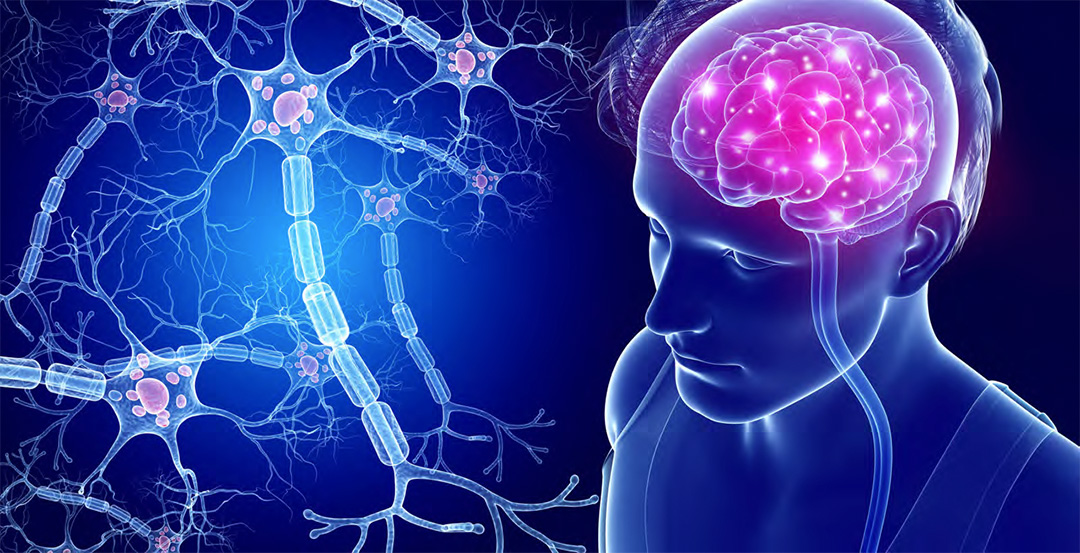
Consider the wonderfully complex sequence that is human gait. When all these small, subtle movements are coordinated together, the motion looks free, natural, and fluid. You notice other people’s gait when it loses these qualities; exaggerated or restricted motion catches the eye.
Jordan has been obsessive in documenting his Flobility journey, making him an excellent case study. Static pictures are informative, yet to me the proof of concept is in watching videos of him moving when he isn’t intentionally thinking.
Stillness is appreciable even when he is moving dynamically. On the movement spectrum from excessive to rigid, the attributes Jordan has developed through his practice keeps him flowing in the middle. There is a method to the madness, which are the same methods Jordan and countless members of the Flo Gang have used to improve their performance of the things they like to do.
So, if you’re willing to put in the effort, be patient, and trust the process, I recommend giving Flobility a try.
Garrett Naze, PT, PhD, DPT